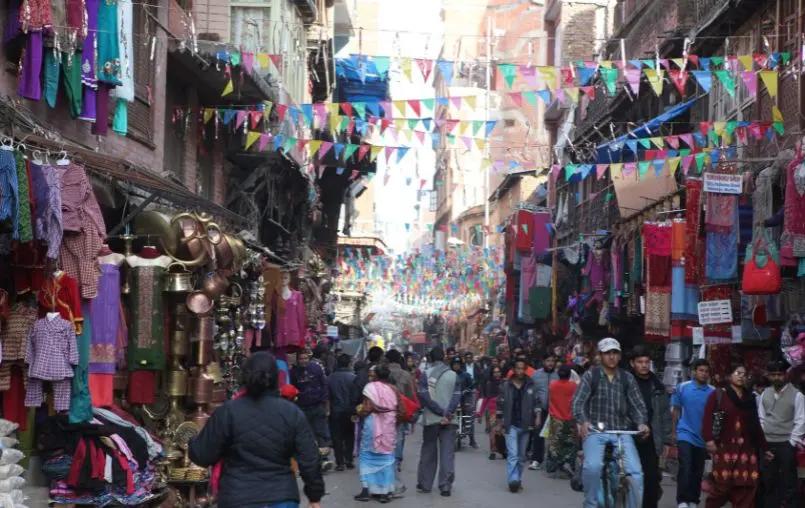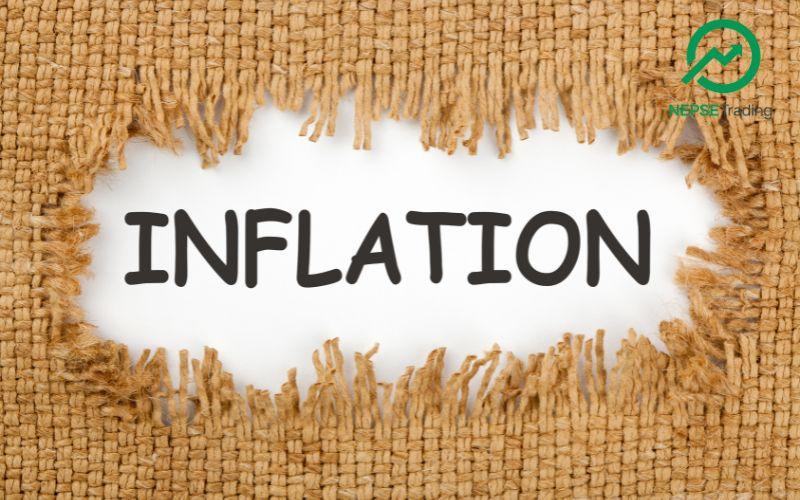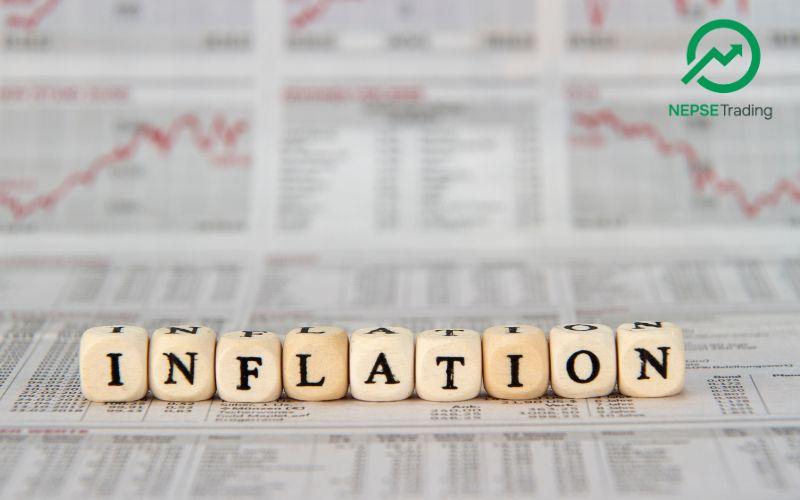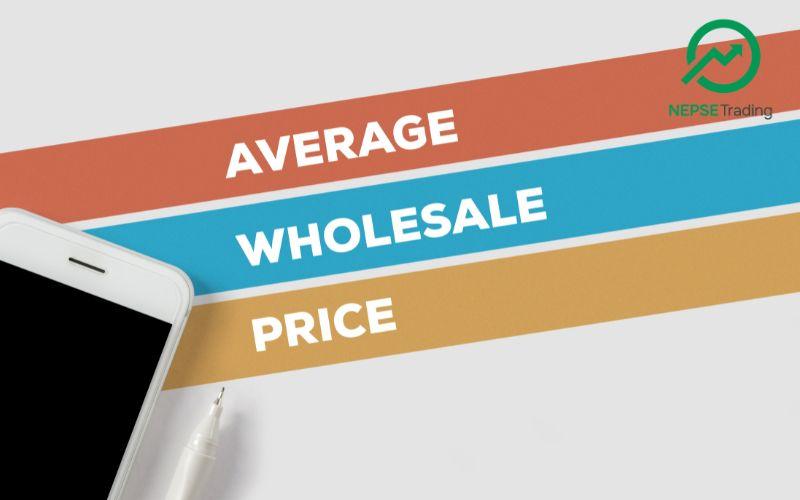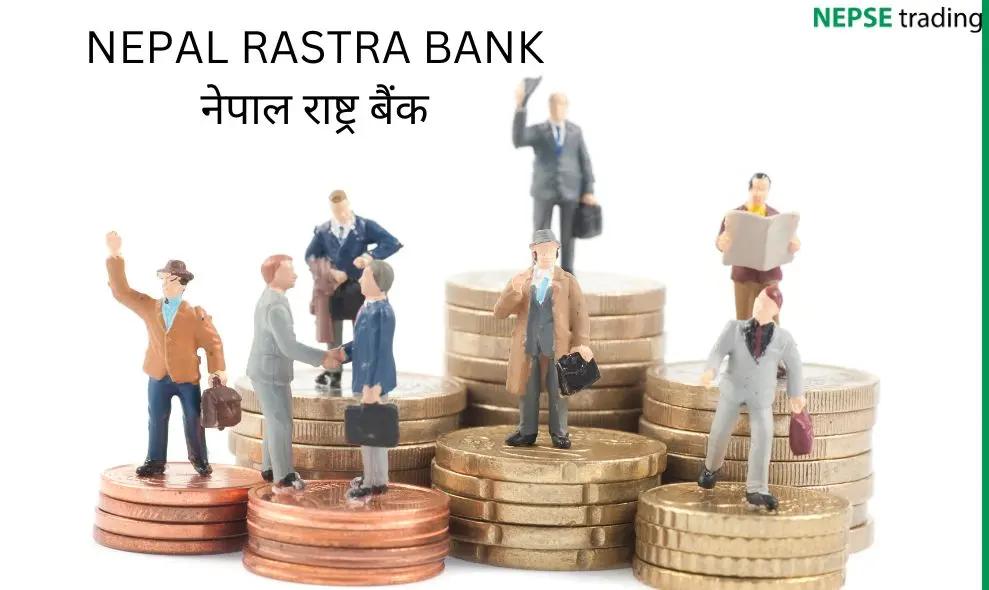By Dipesh Ghimire
Wholesale Price Growth Slows to Four-Year Low as Inflation Pressure Eases Nationwide

Nepal’s wholesale price inflation has continued to moderate, marking the slowest pace of annual growth in four years. According to the latest National Wholesale Price Index (NWPI) data based on the fiscal year 2017/18 baseline, the average index for mid-month readings in 2025/26 reached 160.75, reflecting just 1.93 percent year-on-year growth. This represents a sharp slowdown from 3.84 percent in 2024/25 and a significant decline compared to the elevated growth of 8.47 percent recorded in 2022/23.
The monthly breakdown shows a consistent downward trend in wholesale inflation. In August 2025, the wholesale index rose 2.37 percent—already lower than the 3.66 percent increase seen a year earlier. By October, the year-on-year rise had slowed further to just 1.32 percent, indicating weakening price pressures across major commodities. Economists say the steady deceleration reflects improved supply-chain stability, better import conditions, and softening global commodity prices.
The decline is particularly noteworthy when compared to the inflationary spike of 2022/23, when wholesale prices surged by over 12 percent in August, 14 percent in September, and nearly 14 percent in October. During that period, international supply disruptions, high fuel prices, and elevated transportation costs had significantly driven up prices. The current trend indicates that these earlier pressures have largely subsided.
In 2023/24, Nepal had managed to stabilize wholesale inflation, bringing the annual average growth down to 3.92 percent. However, the latest data shows that inflation has eased even further across most months of 2025/26. For example, September recorded 2.10 percent wholesale inflation, compared to 4.78 percent the previous year. Similarly, October saw just 1.32 percent, much lower than the 5.51 percent increase seen in 2024/25. Analysts interpret this as an indication that businesses are facing less input-cost pressure and that imported goods are arriving at more stable prices.
The moderation in wholesale prices also suggests that future consumer inflation may continue to trend downward. Since wholesale prices often serve as a leading indicator of retail inflation, lower cost pressures at the producer and distributor level signal that consumers may experience slower price increases in the coming months. However, some economists caution that the full impact will depend on factors such as currency stability, fuel pricing policies, and supply conditions in agricultural markets.
Despite the overall improvement, the data also shows that wholesale price levels remain significantly higher than pre-inflation years. The index reached 160.75 this year, compared to 145.11 just three years ago, reflecting the cumulative price burden that businesses and consumers continue to bear. This long-term rise in price levels highlights the need for continued policy attention to productivity, logistics costs, and domestic agriculture supply.
The months of November 2025 to July 2026 are not yet available in the dataset, but trends observed in the first quarter strongly suggest a continuation of low inflationary pressure. If the momentum persists, policymakers may gain more flexibility in areas such as interest-rate management and liquidity support for businesses.
Overall, the latest wholesale price index signals a period of easing inflation, stable supply conditions, and better cost control in the economy. While challenges remain—especially regarding the persistent high level of prices—the slowdown in inflation offers relief to producers, traders, and consumers after several years of elevated cost pressures.


